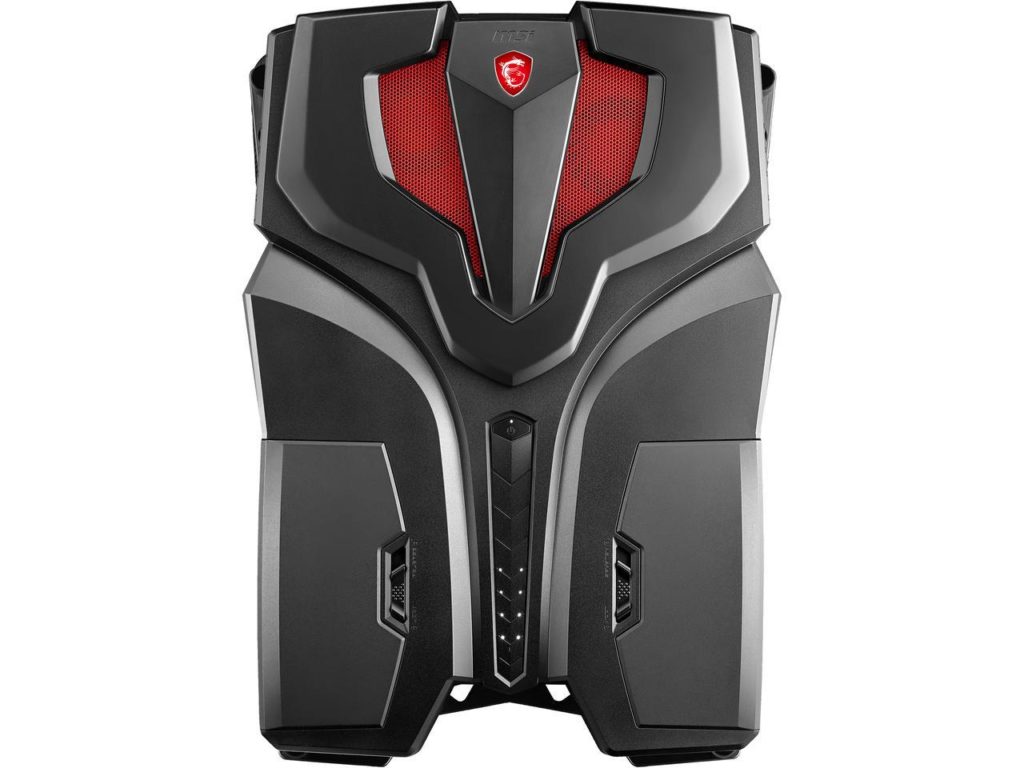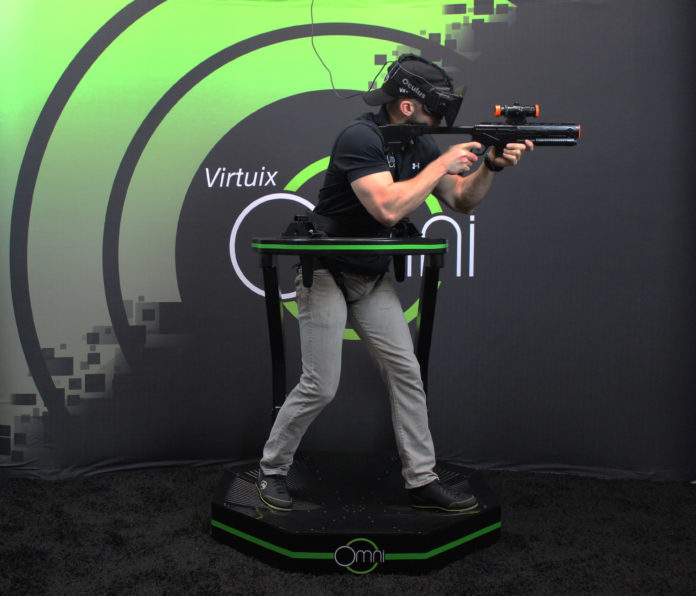VR really shines once players can freely move around in the game world. Locomotion adds a level of immersion that makes you workout without realizing you’ve been exerting yourself. It’s a wonderful trick on the mind with a healthy end result.
The trick is to find the right movement system for you. We’ve analyzed the pros and cons of the three major modes currently used to get around in virtual reality, in order to help you figure out which is the best option for you.
VR Bikes
Stationary bikes are the classic gym staple and offer excellent cardio potential. Add VR and you’ve just created a virtual journey anywhere you want. Fly through the air as a jet plane, race to the finish line on a horse, or a host of other adventures.
[youtube https://www.youtube.com/watch?v=ZpVlwmUpDw0&w=560&h=315]
Pros
Bikes have always offered good workout potential, with variable resistance to workout even the most seasoned of athletes. VR is a good way of tricking the mind into forgetting our workout and ultimately pushing past the pain for better results. Add wearables for more accurate calorie counting and the results speak for themselves.
VirZOOM is an incredible suite of applications that rely on your own stamina and endurance to power the mechanics. What really shines about VirZOOM specifically is its compatibility with every major platform, and all the ways to play it. If you prefer the mobile approach, a great entry point to VR, VirZOOM has you covered.
Cons
Bikes have remained popular for a reason. Be sure to mind your posture, but they can remain a good way to get cardio. The biggest con for VR bikes would be the lack of choice. VirZOOM is really the only company in this space right now, offering a suite of games for every major platform. There are VR apps for Windows, like VR Rider, and some for mobile, like Cycle VR, so you have options for every platform. But VirZOOM is the only option for every platform, which is why the app stands out.
Omni-Directional Treadmills
We wrote about Omni, a clever device coupled with interesting games designed for arcades. The Omni tracks player stats and provides excellent feedback as you move and pivot. There are a lot of solid offerings at the consumer and commercial levels, with decent in-game feedback.
[youtube https://www.youtube.com/watch?v=UZP942aP9AM&w=560&h=315]
This is new technology and engineers are still looking at clever ways to solve the problem. Strider VR, for instance, uses an array of rotating balls to keep the body centered and pointed toward a sensor that provides accurate capture of body motions. The Omni treadmill accomplishes something similar, using sensors placed around a room and sometimes wearables on the body.
Pros
Omni-directional treadmills offer a VR experience, complete with exploration, in a contained space. The challenge of finding space for VR is solved with omnidirectional treadmills and sensors. The right system keeps the user in place, creating the illusion of full mobility.
The biggest pro would be true immersion. The idea of exploring any of our favorite first-person shooters is reason enough to get excited, but the next gen of gaming will offer unparalleled graphics experiences. Anything is possible once we start looking into omnidirectional treadmills.
Cons
One of the biggest criticisms of VR has always been the cost. There are more entry points than ever, but high-end experiences that a treadmill can provide are expensive at the moment. The technology is new, and a proper setup requires more than the treadmill for accurate body movement. However, when this technology finds wider deployment at a lower cost the results will be incredibly immersive.
That said, there are a lot of lower-end models trying to sell consumers on the idea rather than the execution. Don’t get fooled. Current technology is expensive for a reason. The wearables we discussed above are built to provide better motion capture, which opens the door for more exciting gaming possibilities.
VR Backpacks

VR backpacks are a really cool idea: take the VR experience with you to explore without boundaries. One could imagine friends in a park supervising a VR dungeon crawl or boxing match, and that’s the basic premise behind it.
Pros
VR backpacks are really cool. They are essentially a computer strapped to your back, with a headset attached. You’re very mobile when you wear one, and there’s basically no danger of tripping over cords. You can even build your own if you have a laptop capable of running VR, and the inclination and time to strap all the necessary parts to a frame pack.
Cons
Packs need ventilation and tend to build up heat quickly even with proper ventilation. In some senses, sweating is good for the workout, but it’s not ideal when you’re using VR as a workout tool. Also, current backpacks are very rigid (like a PC tower strapped to your back) which makes them unsuitable for a strenuous workout like Thrill of the Fight.
The cost is also prohibitively expensive. At $1500-3000 per pack, you’re better off exploring other more cost-effective options for getting into VR.
If you have a gaming laptop that is already VR ready, you can assemble a pack for roughly $100 worth of supplies. If you’re in this situation, we definitely recommend giving this project a try if you want to feel free to move around in VR. Just bear in mind no matter what you do you can’t use an Oculus Rift, as they require sensors that are incompatible with this kind of setup.
Final Word
VR bikes are probably the best and most basic entry point for consumers who are looking to meet their fitness goals in a new way, but treadmills offer the most possibility. If you’re fortunate enough to live near a VR arcade or fitness gym, give the treadmill a try to see the experience for yourself.
Backpacks are a very cool idea with poor execution in most cases. With the largest number of cons weighed against them, we recommend backpacks as a fun way to experience VR. Not as the primary method for improving its workout potential.












One thing that’s hard to figure out is compatibility. For example, do any of the omnidirectional treadmills work with Rec Room? I’d love to be able to play paintball and be able to walk around instead of being forced to teleport. There are times you’d still have to teleport, such as climbing ladders, but there are other times walking or running would work much better.